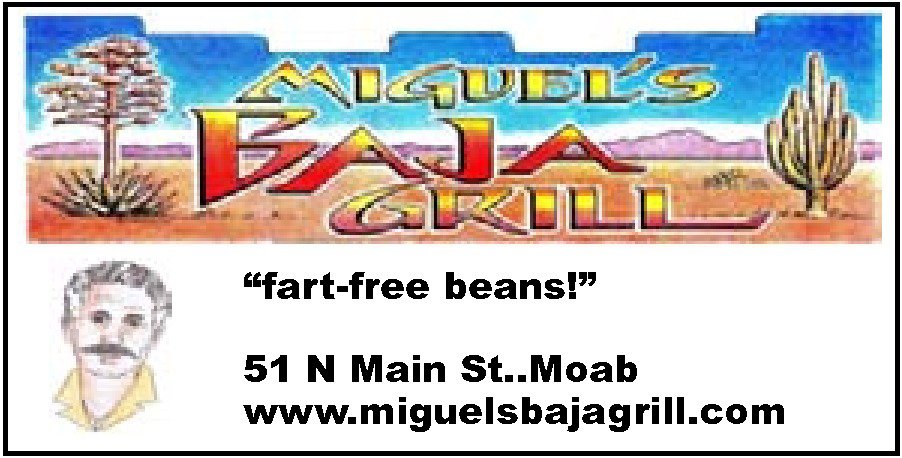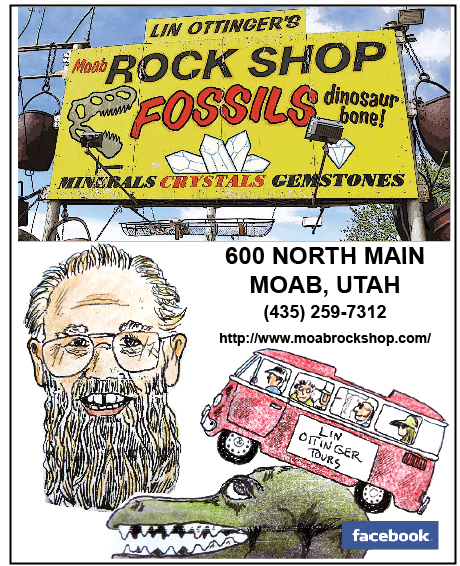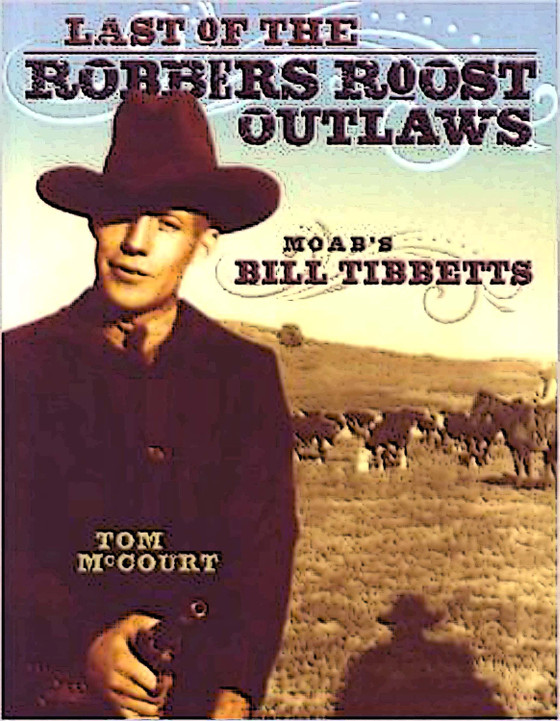FROM STILES: My friend Bob White has been working in the oil industry for decades. Right now he lives in Alaska and worked for ConocoPhillips in Anchorage for four years. He offers these insights into BP’s oil spill disaster in the Gulf of Mexico. I thought it would be interesting to hear from someone in the business…
The debacle of the gulf oil spill is finally getting serious attention. As the largest oil spill in US history, its’ actual size continues to be down played by British Petroleum (BP) . There are a number of issues / conditions associated with this situation that do not seem to be lucidly explained by the media.
Some facts: The surface of the gulf where the leak is supposedly over 5000′ deep. This translates into about 151 atmospheres of pressure, or about 5300 Lb/ sq inch. It has only been recently that we can do stuff at that depth / pressure. There have been consistent reports that the Blow Out Preventer (BOP) was somehow damaged, perhaps months ago. The BOP is exactly what it says it is, the ultimate control device on the well head.
This well (again from scattered reports) has apparently had a variety of problems all along, and was behind schedule and over budget. A BP executive (s) made the normal BP type decision to blow off the regulatory / best practices requirement of a functioning BOP and depend on their legal dept if all else failed.
Normal BP type decision? Up here in Alaska, BP is notorious for these kinds of decisions. After an accident, they send in the lawyers, and in general pay minimal fines.
The other thing that is not explained by the media in a lucid manner is the technique used to contain pressure in the well. Essentially it is the hydrostatic pressure of the column of fluid in the well casing , in conjunction with mechanical containment. Water, even salt water is about 8 lbs / gallon, specialized drilling fluid weighs about twice that or more depending on what it is. This translates into a much higher static pressure at the bottom of the column that constitutes your well.
The BP bean counter that went out to the rig apparently demanded the specialized fluid to be replaced with salt water as the specialized fluid was expensive and salt water is not.
It appears the drilling fluid was what was in control of the well pressure and when it was removed (against the contractors best judgement and desires) the rig shortly thereafter blew up and burnt to the water. Had the BOP been functional, perhaps this debacle would not have been as serious as it is. The investigation will be interesting to follow. rw
Disclosure: I survived a well blow out in western Wyoming in the ’70’s due to a faulty BOP, working for a contractor on a Chevron well. Recently I worked at Conocophillips Alaska headquarters in anchorage for 4 years.



















One Response
Stay in touch with the conversation, subscribe to the RSS feed for comments on this post.
June 2, 2010 Georgetown, CO
20:35 hours, MDT
Thank you for the cogent explanation regarding the nuances involved at tremendous pressures.
mark posinoff